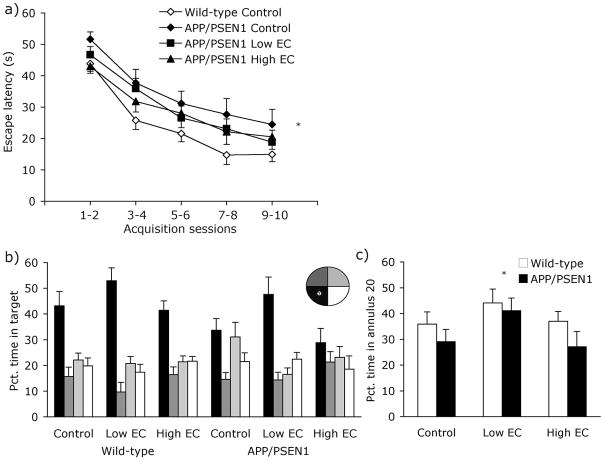Figure 4. Behavioral data - Experiment 2.
At 8 months of age mice were trained for 10 days on a hidden-platform version of the water maze. (a) Neither of the two vitamin-supplemented wild-type groups differed from the control-fed wild-type group, and were excluded from the graph for clarity. Control fed APP/PSEN1 mice were slower at locating the hidden platform than wild-type control-fed mice (Ps<.05). There was no such impairment in vitamin-treated APP/PSEN1 mice (Ps>.17). For clarity, data are collapsed into 2-day time bins. (b) During the 60-s probe trial all wild-type mice showed a preference for swimming in the target quadrant over the three non-target quadrants (Ps<.01). Only APP/PSEN1 treated with the Low EC-supplemented diet showed the same preference for the platform quadrant (Control and High EC Ps>.082; Low EC P<.001). (c) Both APP/PSEN1 and wild-type mice fed the vitamin Low EC diet spent a greater portion of the time swimming within 20 cm of the platform location than control-fed mice (P<.05), indicating a better memory for the platform location. * P <0.05 different from control-treated mice.

